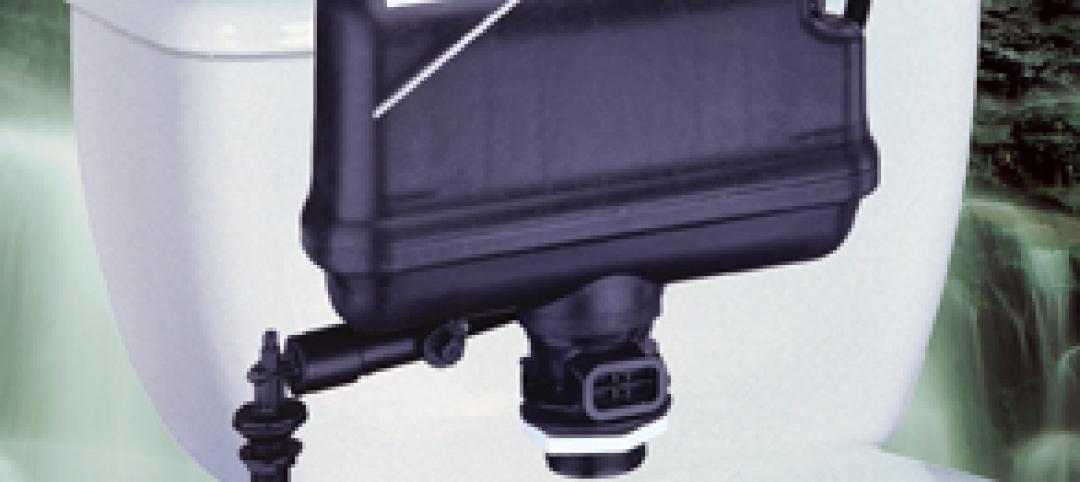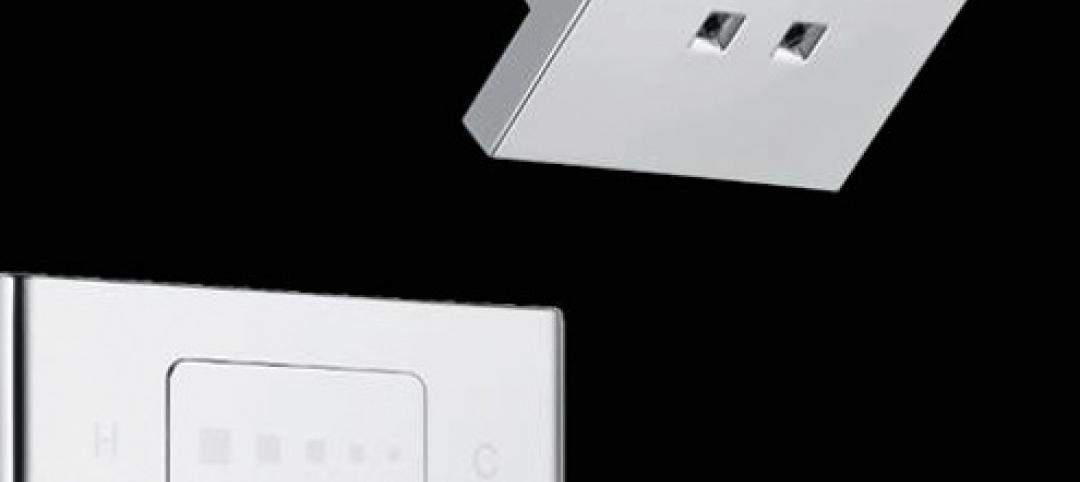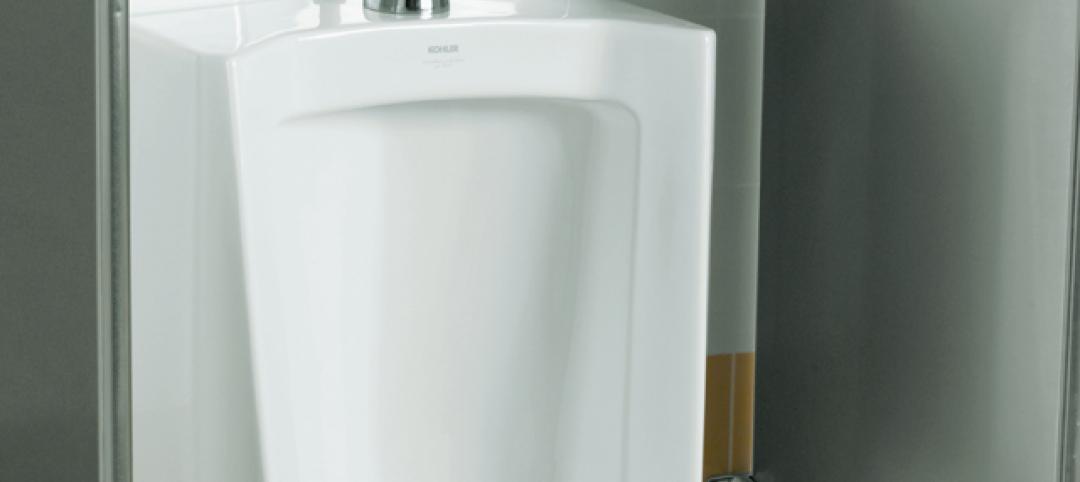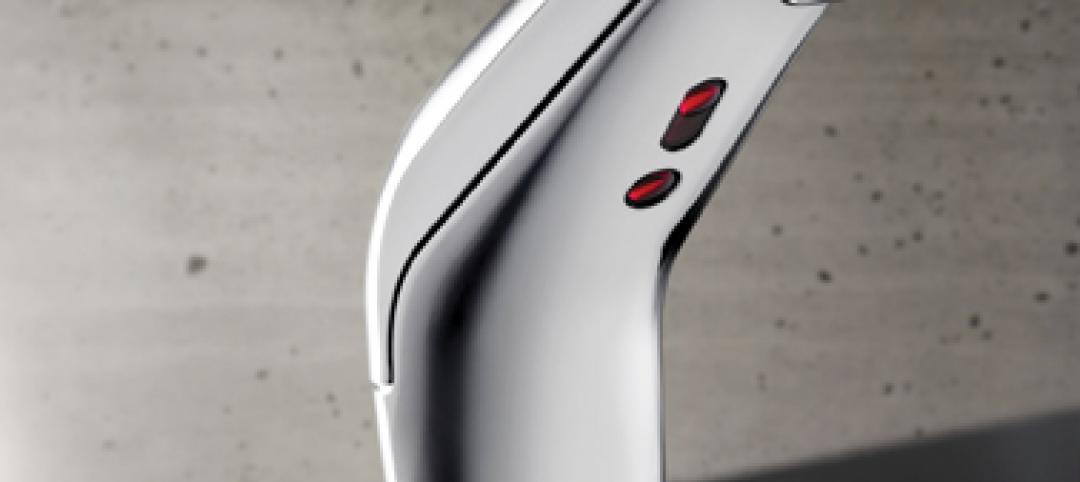CHICAGO (May 19, 2011) –The U.S. Green Building Council (USGBC) today noted that Chicago has the highest number of square feet of LEED certified green building projects nationally with 71 million square feet.
Of that total, there are 736 LEED projects that are either already certified or currently in the certification process in Chicago. Of these, 122 are certified or registered using LEED for Existing Buildings: Operations & Maintenance (O&M).
“The trend toward LEED certification for existing buildings is growing both nationally and locally. LEED for Existing Buildings is an important tool for building owners and managers to add value and increase efficiency,” said Doug Widener, executive director of the USGBC – Illinois Chapter. “By pursuing certification, buildings are also making a conscious effort to support energy conservation which is at the center of the newly announced federal Better Buildings Initiative and the Chicago Region Initiative for Better Buildings.”
Nationally, the amount of square feet of space certified under LEED for Existing Buildings: Operations and Maintenance grew by 72 percent from 2009 to 2010. Currently, more than 18 percent of all LEED projects nationally fall under the LEED for Existing Buildings rating system. In Illinois, LEED for Existing Buildings projects account for 13 percent of the 440 LEED certified and 960 registered projects across the state. In Illinois, the amount of square feet of space certified under LEED for Existing Buildings: Operations and Maintenance grew faster than the national rate, nearly quadrupling from 2009 to 2010. Some newly certified LEED for Existing Buildings: O&M projects in Chicago include: Hyatt Center, 350 Mart Center, 20 N. Michigan, 225 West Wacker, 20 N. Clark, and 191 N. Wacker.
USGBC’s LEED green building certification system is the foremost program for the design, construction, operations and maintenance of green buildings. More than 40,000 projects are currently participating in the commercial and institutional LEED rating systems, comprising more than 7.9 billion square feet of construction space in all 50 states and 119 countries. In addition, more than 10,000 homes have been certified under the LEED for Homes rating system, with 45,000 more homes registered.
By using less energy, less water and low-toxicity materials, LEED-certified buildings save money for families, businesses and taxpayers; reduce greenhouse gas emissions; and contribute to a healthier environment for residents, workers and the larger community.
The LEED for Existing Buildings Rating System addresses whole-building cleaning and maintenance issues (including chemical use), recycling programs, exterior maintenance programs and systems upgrades. It can be applied both to existing buildings seeking LEED certification for the first time and to projects previously certified under LEED for New Construction, Schools, or Core & Shell.
“LEED sets the benchmark for what is possible with high-performing buildings,” says Scot Horst, senior vice president of LEED, USGBC. “The work being done throughout the state of Illinois is a great example of how LEED encompasses everything from new construction to green existing commercial buildings, schools, campuses and homes.”
Illinois has been a longtime supporter of green building initiatives and legislation. In both 2007 and 2010, Chicago hosted the USGBC’s annual Greenbuild International Conference & Expo. Recently the Illinois Chapter released a comprehensive report identifying opportunities to green all schools in Illinois. The report was the result of more than two years of collaboration between the USGBC-Illinois Chapter, civic and corporate partners, and was commissioned as a result of the October 2009 adoption of House Joint Resolution 45 by the Illinois General Assembly introduced by State Representative Karen May who has since become Chair of the National Advisory Council of the 50 for 50 Green Schools Caucus Initiative. In addition, U.S. Representative Robert Dold from the 10th District of Illinois was recently named Co-Chair of the Congressional Green Schools Caucus.
USGBC - Illinois will host its 6th Annual Emerald Gala at Soldier Field’s United Club in Chicago on Saturday, May 21, 2011. The Gala is USGBC–Illinois’ biggest fundraising event of the year and the regional green building community’s night to celebrate individual and collaborative efforts to make cities, region, and state healthy, sustainable, and efficient places to live, work, and learn. This annual event attracts over 400 leaders from across the state and building industry.
The U.S. Green Building Council is committed to a prosperous and sustainable future for our nation through cost-efficient and energy-saving green buildings.
With a community comprising 79 local affiliates, 16,000 member companies and organizations, and more than 165,000 LEED Professional Credential holders, USGBC is the driving force of an industry that is projected to contribute $554 billion to the U.S. gross domestic product from 2009-2013. USGBC leads a diverse constituency of builders and environmentalists, corporations and nonprofit organizations, elected officials and concerned citizens, and teachers and students.
Buildings in the United States are responsible for 39 percent of CO2 emissions, 40 percent of energy consumption, 13 percent water consumption and 15 percent of GDP per year, making green building a source of significant economic and environmental opportunity. Greater building efficiency can meet 85 percent of future U.S. demand for energy, and a national commitment to green building has the potential to generate 2.5 million American jobs.
Full list of LEED-certified projects nationally.
The U.S. Green Building Council – Illinois Chapter
The U.S. Green Building Council – Illinois Chapter’s 1,600 members represent the entire spectrum of Illinois’ green building community, from real estate professionals, architects, engineers, designers and trade associations to contractors, product manufacturers, state and local government officials, homebuilders and homeowners. The U.S. Green Building Council – Illinois Chapter is the local affiliate of the U.S. Green Building Council (USGBC), a national non-profit composed of leaders from every sector of the building industry working to promote buildings that are environmentally responsible, profitable and healthy places to live and work. The Illinois Chapter furthers the work of USGBC through more than150 annual programs, events, education and research initiatives, advocacy campaigns, and resources throughout its network of seven local branches: Chicago, Central Illinois, Fox Valley, North/Northwest Suburban, Rockford/Northern Illinois, South Suburban, and West Suburban.
Related Stories
| Feb 14, 2011
Sustainable Roofing: A Whole-Building Approach
According to sustainability experts, the first step toward designing an energy-efficient roofing system is to see roof materials and systems as an integral component of the enclosure and the building as a whole. Earn 1.0 AIA/CES learning units by studying this article and successfully completing the online exam.
| Feb 14, 2011
More companies willing to pay extra for green office space
New CoreNet Global/Jones Lang LaSalle survey shows real estate executives forging green strategies that balance environmental, financial and workforce issues.
| Feb 11, 2011
Sustainable features on the bill for dual-building performing arts center at Soka University of America
The $73 million Soka University of America’s new performing arts center and academic complex recently opened on the school’s Aliso Viejo, Calif., campus. McCarthy Building Companies and Zimmer Gunsul Frasca Architects collaborated on the two-building project. One is a three-story, 47,836-sf facility with a grand reception lobby, a 1,200-seat auditorium, and supports spaces. The other is a four-story, 48,974-sf facility with 11 classrooms, 29 faculty offices, a 150-seat black box theater, rehearsal/dance studio, and support spaces. The project, which has a green roof, solar panels, operable windows, and sun-shading devices, is going for LEED Silver.
| Feb 11, 2011
Kentucky’s first green adaptive reuse project earns Platinum
(FER) studio, Inglewood, Calif., converted a 115-year-old former dry goods store in Louisville, Ky., into a 10,175-sf mixed-use commercial building earned LEED Platinum and holds the distinction of being the state’s first adaptive reuse project to earn any LEED rating. The facility, located in the East Market District, houses a gallery, event space, offices, conference space, and a restaurant. Sustainable elements that helped the building reach its top LEED rating include xeriscaping, a green roof, rainwater collection and reuse, 12 geothermal wells, 81 solar panels, a 1,100-gallon ice storage system (off-grid energy efficiency is 68%) and the reuse and recycling of construction materials. Local firm Peters Construction served as GC.
| Feb 11, 2011
Justice center on Fall River harbor serves up daylight, sustainable elements, including eucalyptus millwork
Located on historic South Main Street in Fall River, Mass., the Fall River Justice Center opened last fall to serve as the city’s Superior and District Courts building. The $85 million facility was designed by Boston-based Finegold Alexander + Associates Inc., with Dimeo Construction as CM and Arup as MEP. The 154,000-sf courthouse contains nine courtrooms, a law library, and a detention area. Most of the floors have the same ceiling height, which will makes them easier to reconfigure in the future as space needs change. Designed to achieve LEED Silver, the facility’s elliptical design offers abundant natural daylight and views of the harbor. Renewable eucalyptus millwork is one of the sustainable features.
| Feb 10, 2011
Green Plumbing Fixtures Take a Major Leap Forward
Today’s low-flow plumbing fixtures not only conserve water, they also provide convenience and ease of maintenance.
| Feb 10, 2011
Sloan Valve Co. Flushmate
Sloan Valve Co.’s Flushmate IV 1-gallon pressure-assist system uses air pressure to flush. Rather than pulling waste through the trapway, the system, which works with tank-style high-efficiency toilets, pushes the waste through at nearly three times the flow rate of gravity units. Large water surface area also helps the toilets stay clean longer.
| Feb 10, 2011
Delta WaterSense-labeled showerheads
Delta offers nine collections with WaterSense-labeled showerheads, which are equipped with droplet-enlarging technology that increases both water and energy savings. An Arzo Collection showerhead is pictured.
| Feb 10, 2011
Kohler urinals
Kohler offers urinals with three flush options to fit a variety of applications: standard 1-gallon, pint, or waterless.
| Feb 10, 2011
Moen M•Power electronic faucets
At 0.5 gpm, Moen’s M•Power electronic faucets meet the current standards, and offer features that eliminate waste. Improved electronic sensors reduce reflectivity to stop false sensing, and turn off automatically after 30 seconds. Electronics can be installed above or below deck to accommodate different sink styles.
















